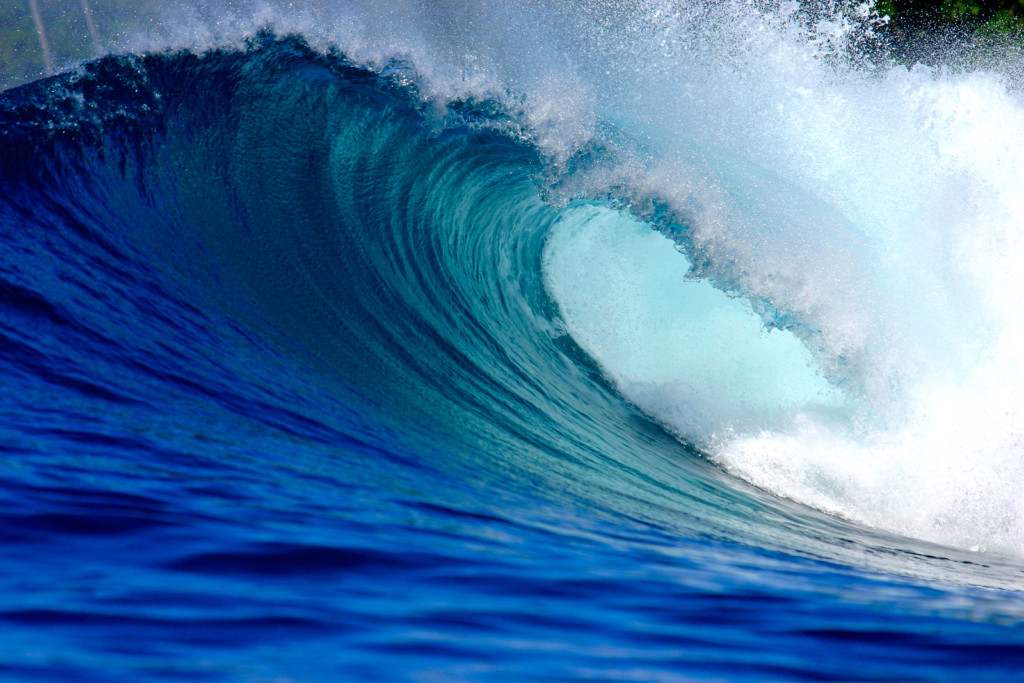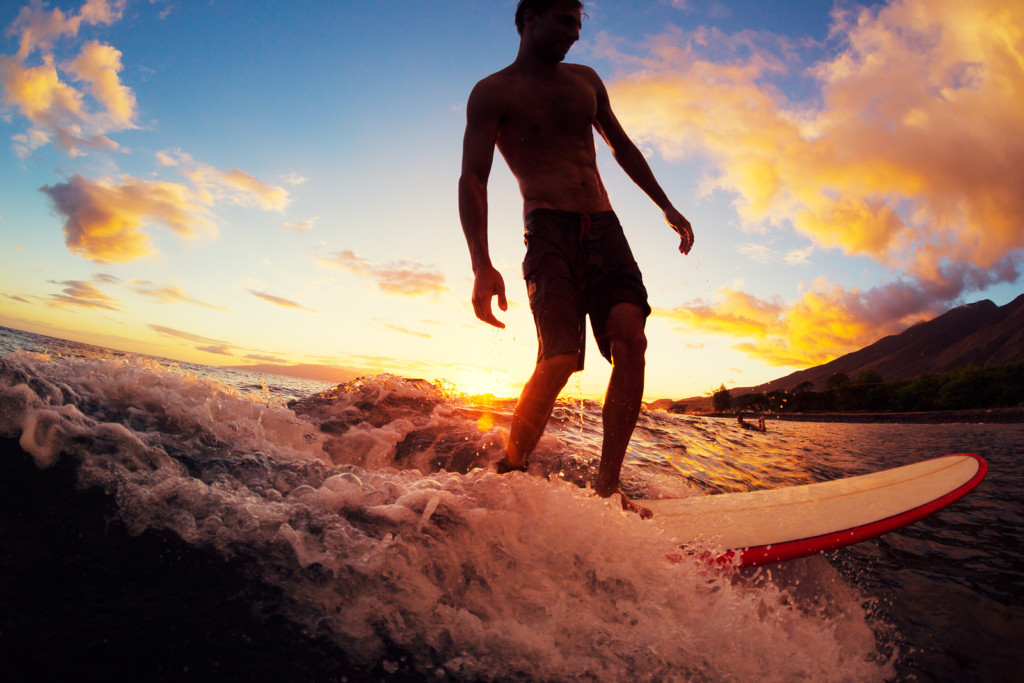While no recorded history of surfing appeared until the late 1700s, its origins go back over 3000 years to Western Polynesia. Early surfers were actually fisherman. They rode the waves to bring their catch onto shore. In time, this everyday work task evolved into a leisure activity.

The Europeans Arrived Hawaii
Captain James Cook’s ships, the HMS Discovery and Resolution, made the first recorded European visit to Hawaii in 1778. In a search for a passage from the North Pacific to Atlantic, they stopped at the western end of the island chain on their way from Tahiti to the northwest coast of North America. It was here that Captain Cook first witnessed what we know as surfing today and documented it in his journals.
After an unsuccessful year of looking for a passage, Cook’s ships returned to the Hawaiian chain, this time stopping at the Big Island of Hawaii. There, he was killed by the Hawaiians at Kealakekua Bay during his attempt to to kidnap their high chief to force the return of a stolen boat.
Lieutenant James King was made First Lieutenant of the Discovery and given the task of completing the narrative portion of Cook’s journals. After Cook’s death in 1779 but before the Discovery and Resolution returned to England, Lt. King devoted two full pages to a description of surfboard riding, as practiced by the locals at Kealakekua Bay on the Kona coast of the Big Island. Thus, Lieutenant James King, commander of the Discovery, 1779, recorded in the ship’s log the first written description of Hawaiian surfing by a European.
Hawaiian Art of Surfing
The first Polynesian settlers to arrive in Hawaii brought with them their skill in simple surfing. It took a few hundred years and countless rides on the waves of island for the well-known Hawaiian form of surfing emerged.
Those among the Hawaiians who surfed were known as the “ali’i,” or high class. They claimed a reputation for being the most skilled at riding the waves on boards. They became sort of a very exclusive club and surfing’s culture began to develop.
This high class used wood from only three kinds of trees, had their own board shapers and even their own prayers. Surfboards underwent a sacred ritual before they were constructed.The board maker would dig up the tree. Fish would be placed around the roots as an offering to the gods for the tree, then the process of shaping them began.
They had their own beaches as well where no one dared to drop in on their wave. The consequences for such and action were severe, ranging from punishment to death.

Modern Surfing
International sporting agencies began to give surfing recognition as a legitimate sport in the early 1900s. While maintaining its unique culture, surfing experienced a huge surge in mainstream popularity during the early 1960s in the United States. There were television shows, movies and music, all representative of the surfing lifestyle.
Still a popular sport, surfing has evolved over time. Boards have gotten smaller and lighter than those used in the past. As with the athletes of many other sports, surfers are challenging boundaries and being towed into huge waves.
Modern surfing culture is much more conservative than in the early days, yet it remains prevalent among those dedicated to the sport. Surfers can be found on any beach where there are plenty of waves, patiently waiting the perfect one to ride back to shore.
Ready to give it a try? Acme Beach and Bike specializes in surfboard rentals and is the place for all your vacation surfing needs a the Jersey Shore. Since 1989 we have been helping thousands of folks have fun adventures on LBI. Come see us and we will try to help you have a great time on the island!


